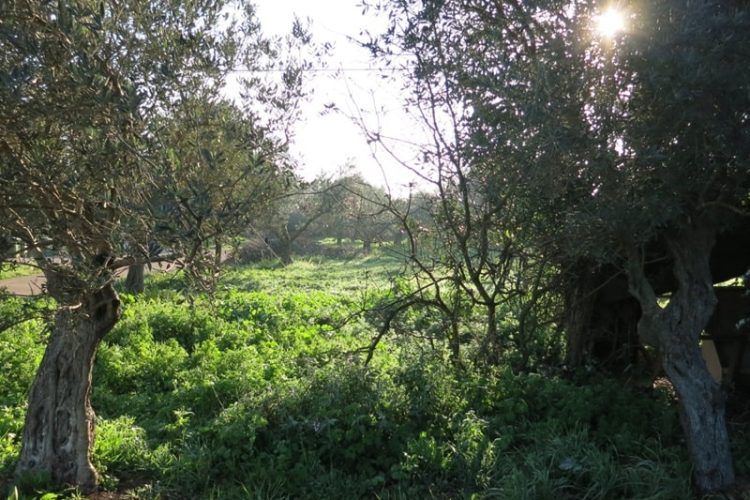Orchards: What to Consider Before You Start

Orchards: Before You Start and How to Care for It
Starting an orchard in New Zealand is a rewarding venture that can provide fresh, home-grown fruit for years to come. However, the process requires careful planning and ongoing care to ensure success. Our professional arborists at Beaver Tree Service understand the importance of proper tree maintenance, especially when it comes to fruit-bearing trees in an orchard. Whether you’re dreaming of a small backyard orchard or a larger, commercial operation, there are key considerations to keep in mind before you start, as well as best practices for ongoing orchard care.
What to Consider Before Starting an Orchard
- Climate and Location: New Zealand’s diverse climate means that certain fruit trees thrive in different regions. Before planting, it’s important to consider the climate in your area and choose tree species that will grow best in those conditions. For example, apples and pears do well in cooler climates, while citrus trees thrive in warmer, frost-free areas. Additionally, assess the amount of sunlight your orchard site receives. Most fruit trees require full sun to produce quality fruit, so choose a location that gets at least six to eight hours of direct sunlight each day.
- Soil Quality: Fruit trees need well-drained, nutrient-rich soil to grow and produce high-quality fruit. Conduct a soil test before planting to determine its pH level and nutrient content. Most fruit trees prefer slightly acidic soil with a pH between 6.0 and 6.5. If your soil is too alkaline or deficient in nutrients, you may need to amend it with compost or other organic matter before planting.
- Space and Tree Selection: Consider how much space you have for your orchard and choose tree varieties that will fit comfortably in the area. Some trees, like dwarf or semi-dwarf varieties, are perfect for smaller spaces, while standard-sized trees require more room to grow. It’s also important to select tree varieties that are either self-pollinating or compatible with other trees in the orchard for cross-pollination, which is essential for fruit production.
- Long-Term Commitment: Starting an orchard is a long-term investment. Trees can take several years to mature and begin producing fruit, so be prepared for ongoing care, trimming and maintenance. Pruning, pest management, and fertilization are just a few of the tasks that need to be carried out regularly to keep your orchard healthy and productive.
How to Care for Your Orchard
- Regular Pruning: Pruning is one of the most important tasks for maintaining a healthy orchard. It helps control the shape and size of your trees, improves air circulation, and encourages fruit production. For most fruit trees, winter is the best time to prune, as it allows the tree to focus its energy on new growth in the spring. However, summer pruning can be used to thin out overcrowded branches and promote more sunlight penetration.
- Pest and Disease Management: Fruit trees are susceptible to pests and diseases that can affect both the health of the tree and the quality of the fruit. Common pests in New Zealand orchards include codling moths, aphids, and scale insects. Keep a close eye on your trees for any signs of infestation or disease and take prompt action to prevent them from spreading. Regular attention and maintenance is vital! This may include using organic pesticides or introducing beneficial insects like ladybugs to control harmful pests.
- Fertilization and Watering: Fruit trees require nutrients to produce healthy fruit. Apply a balanced fertilizer in early spring, just before the growing season begins, to give your trees the boost they need. Mulching around the base of the trees will help retain moisture and improve soil quality. When it comes to watering, consistency is key. Trees need deep, thorough watering, especially during dry spells, but be careful not to overwater as this can lead to root rot.
- Harvesting and Post-Harvest Care: Once your orchard starts producing fruit, knowing when and how to harvest is crucial. Harvesting at the right time ensures that the fruit is at its peak flavour and quality. After harvesting, proper storage methods, such as keeping fruit in cool, dry conditions, will help extend its shelf life.
Conclusion
Starting and maintaining an orchard is a fulfilling journey, but it requires careful planning and consistent care. By selecting the right trees for your climate, ensuring proper soil conditions, and committing to regular maintenance, your orchard will thrive and reward you with an abundance of fruit for years to come. If you need help with tree care, don’t hesitate to reach out to Beaver Tree Service for expert advice and assistance.
North Island free phone: 0800-423-283
Christchurch free phone: 0800-422-328
Beaver Tree Service has branches throughout New Zealand located in Christchurch, Wellington, Palmerston North, Horowhenua & Kapiti, Wairarapa, Manawatu, Whanganui, Rangitikei & Taupo
